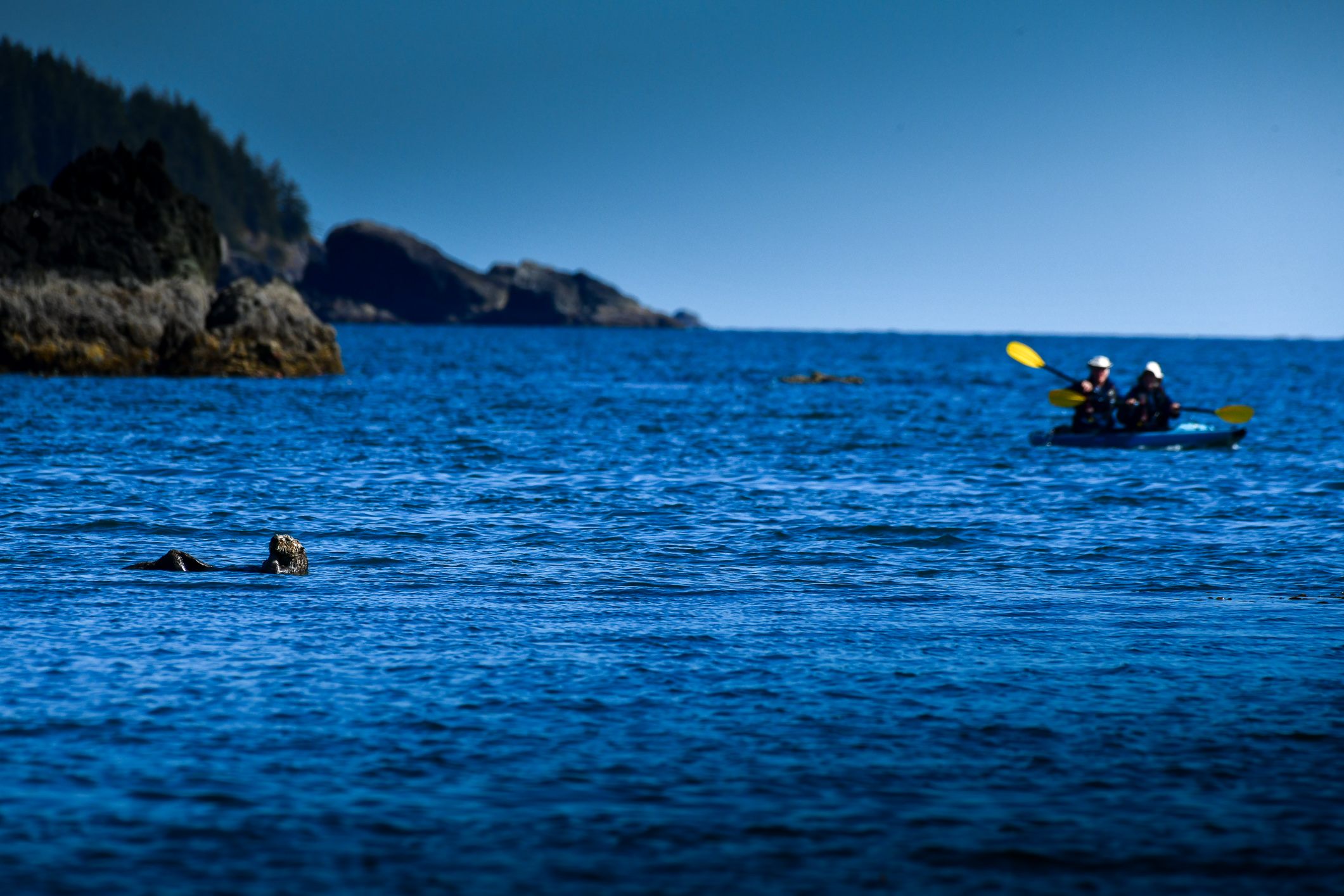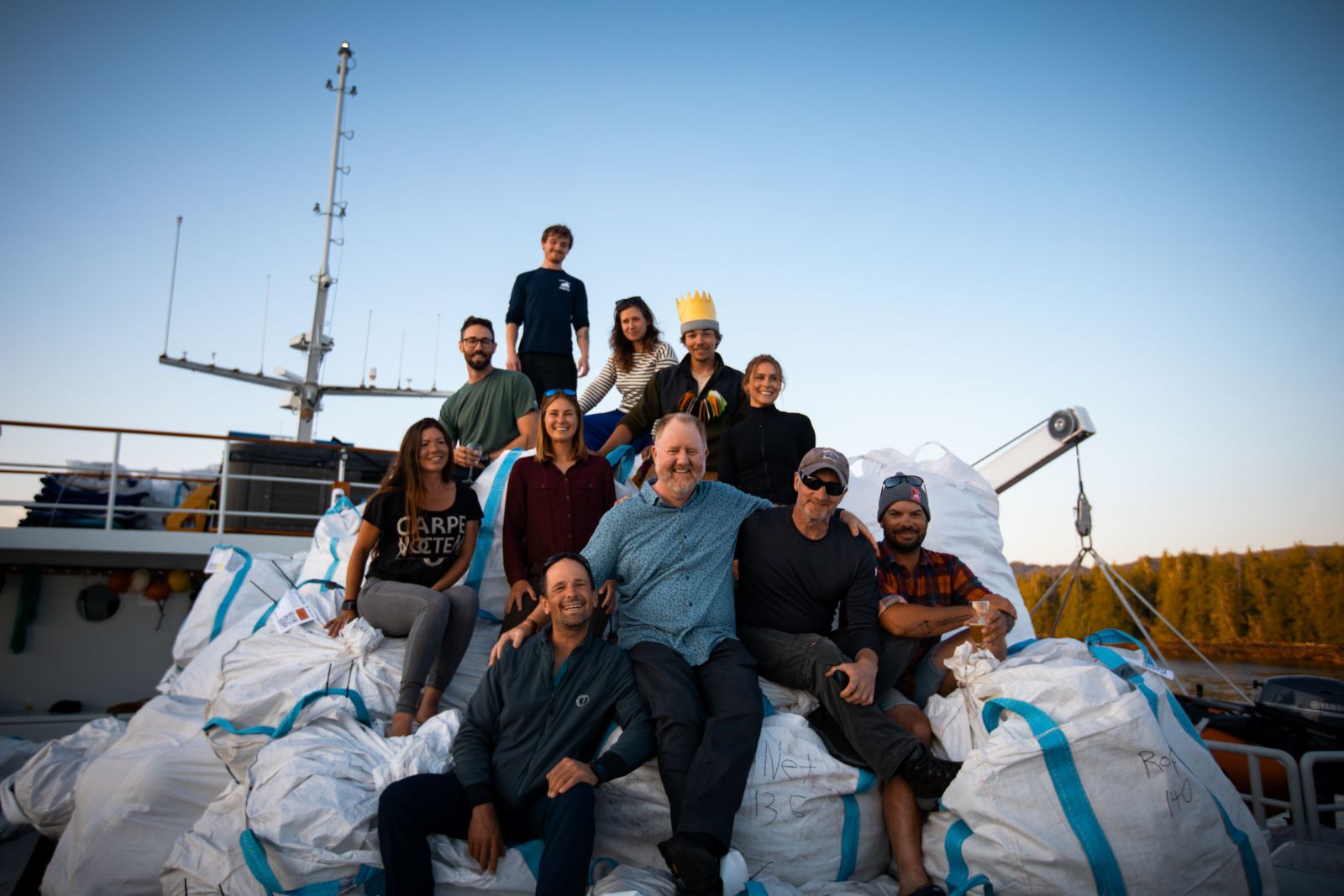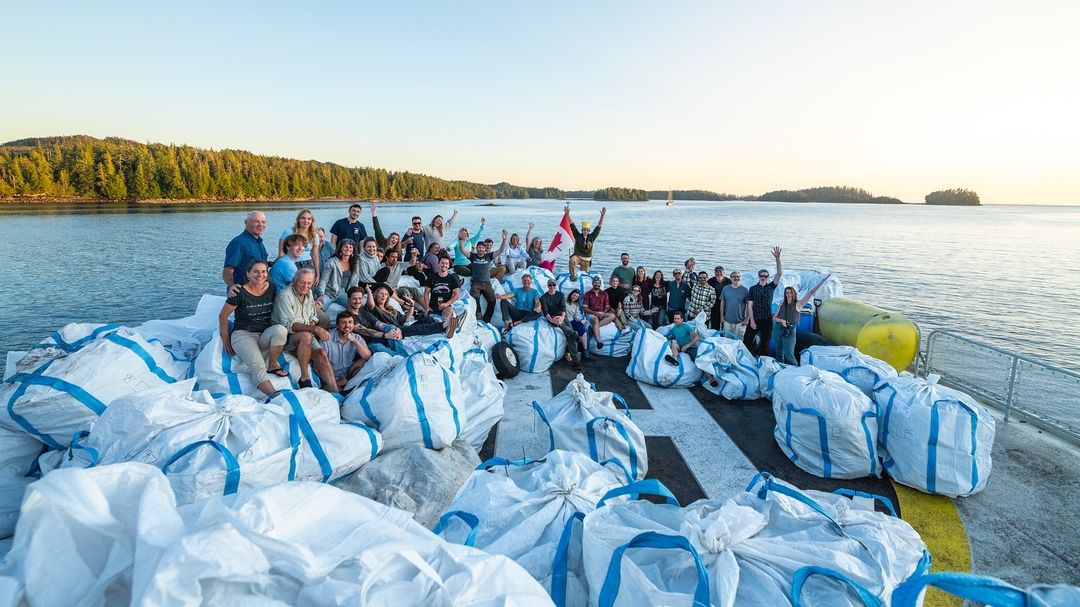Happy Nov. 10 — it’s World Responsible Tourism Day, a promotion of responsible tourism created by World Travel Market, an international travel show.
Since responsible tourism is the heart of what we do, we applaud that effort.
And we thought we’d share some great statistics with you about responsible tourism in the Great Bear Rainforest (BC), where we’ve been working to promote responsible tourism for two decades.
We’ve topped it off with a beautiful video of the place — enough to inspire everyone toward responsible tourism there, we hope!
Maple Leaf Index (with deference to Harper’s):
- Number of humpback whales in the northeastern Pacific in 1969, the year whaling ceased in B.C.: 1,400 est.
- Number of humpback whales in the northeastern Pacific in 2009: 18,000 – 20,000 est.
- Value of whale watching industry worldwide in 2009: USD $1.5 billion
- Value of Japan’s whaling catch in 2007-8 season: $48.8 million. Numbers for Norway not available.
- Amount by which whale watching industry eclipses whaling, using available data: 3000%
- Amount of human joy, and cross-species understanding, promoted by responsible whale watching each year in B.C.: incalcuably high
- Value of commercial grizzly bear trophy hunting in BC in 2003: Cdn $3.3 million
- Value of one responsible bear viewing lodge in BC in 2003: Cdn $3.3 million
- Value of entire, emergent, bear viewing industry in BC in 2003: Cdn $6.1 million
- Growth in adventure tourism (which includes bear viewing holidays) since 2003: 8% per year
- Rate of growth of bear viewing industry required to completely offset the economic loss of ending the commercial trophy hunt of bears in BC: 4% per year
- Amount that rate has been exceeded, to date: 100% per year
- Number of grizzlies viewed on Maple Leaf Adventures’ Great Bear Rainforest trip in a key estuary in 2003, just after hunt stopped in that estuary: 1
- Number of grizzlies viewed there in 2005: 13; in 2006: 14; in 2007: 10; in 2008: 6
Promoting responsible tourism provides long-term, rewarding jobs and protects wildlife and ecosystems, and the way of life of the people who depend on those ecosystems.
Since 1986, Maple Leaf Adventures has operated ecotourism adventures in B.C. and Alaska.
Since 1991, Maple Leaf has developed ecotourism in the Great Bear Rainforest, called by Robert F. Kennedy, Jr., “the last stand of the great North American rainforest”.
Learn more about Maple Leaf Adventures responsible tourism practises here.
Learn more about Maple Leaf Adventures Great Bear Rainforest trips here.
Index sources: BC Cetacean Sightings Network; SPLASH! Population ecology study, quoted by BC Cetacean Sightings Network; Sink or Swim: Economics of Whaling Today by World Wildlife Fund and Whale and Dolphin Conservation Society; Wilderness Tourism Association and Tourism BC; Integral econocmics; Maple Leaf Adventures data.



